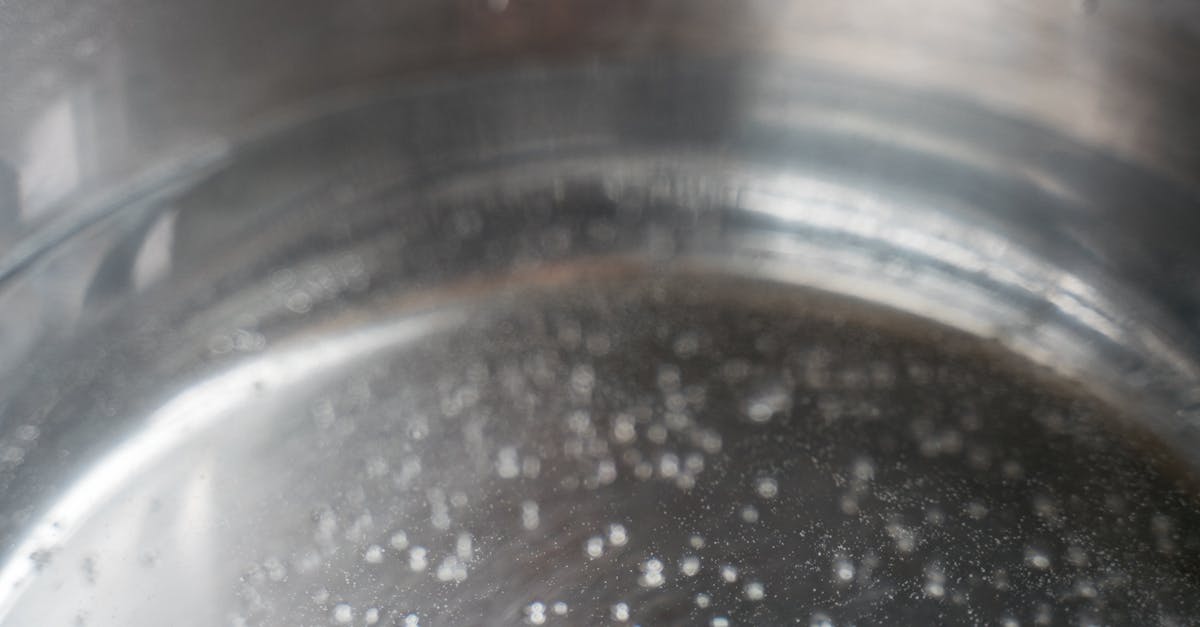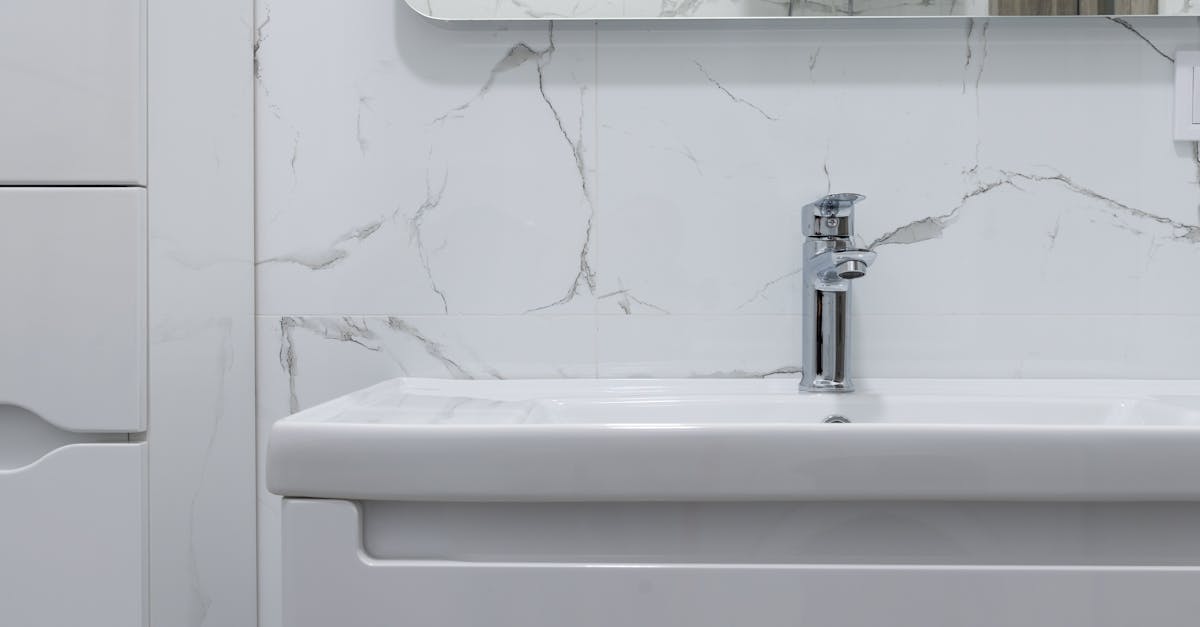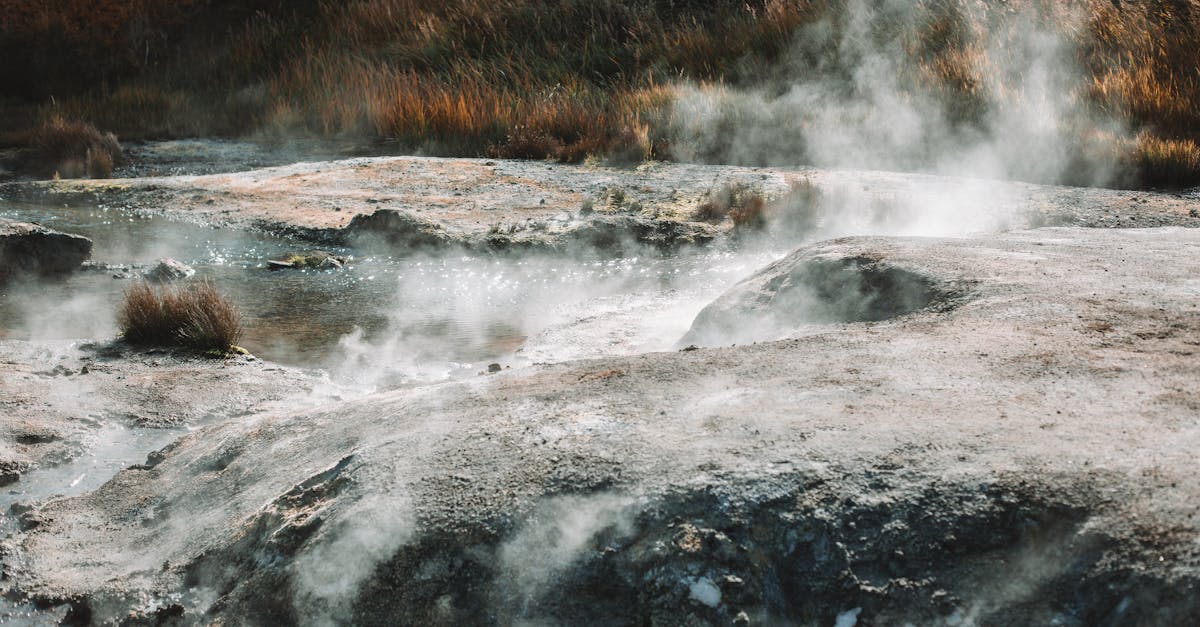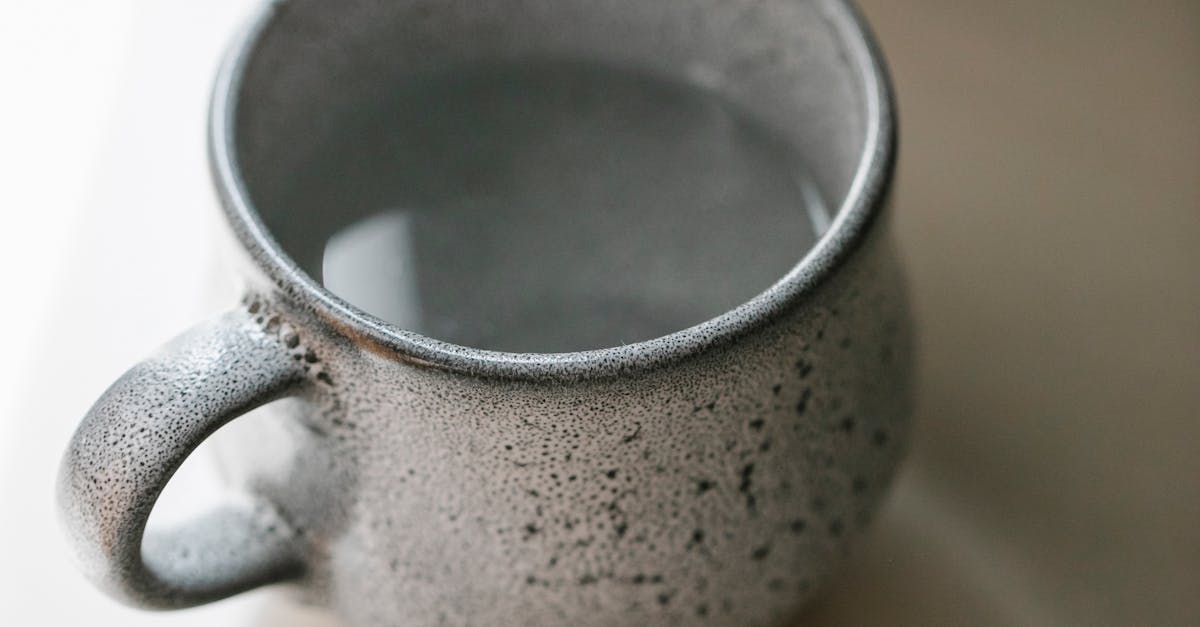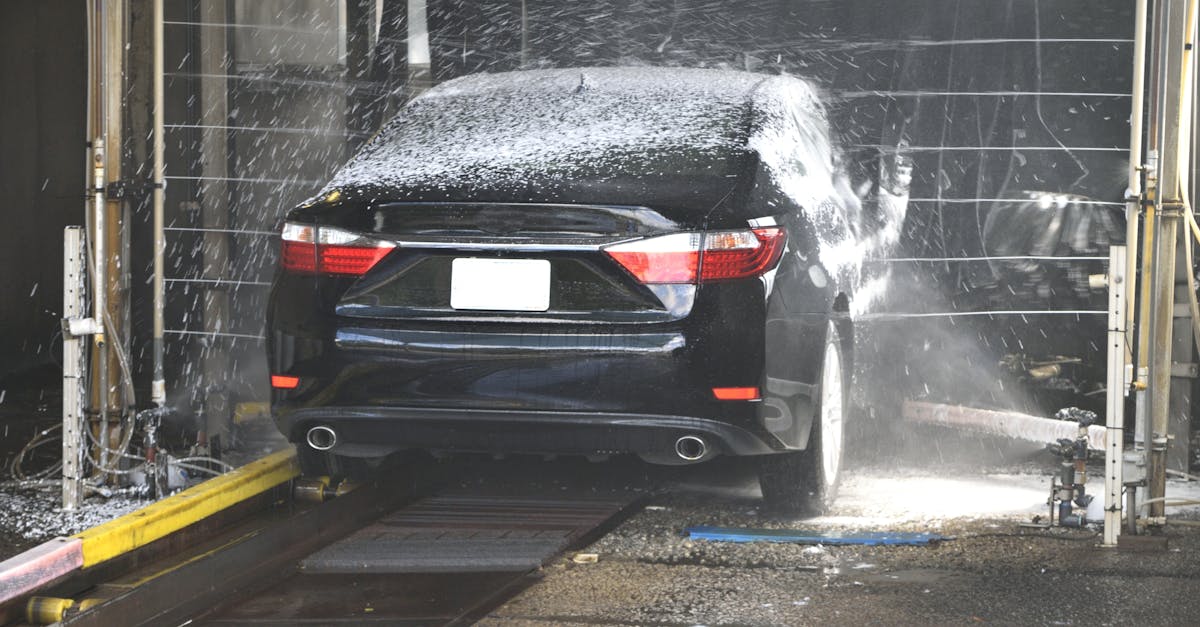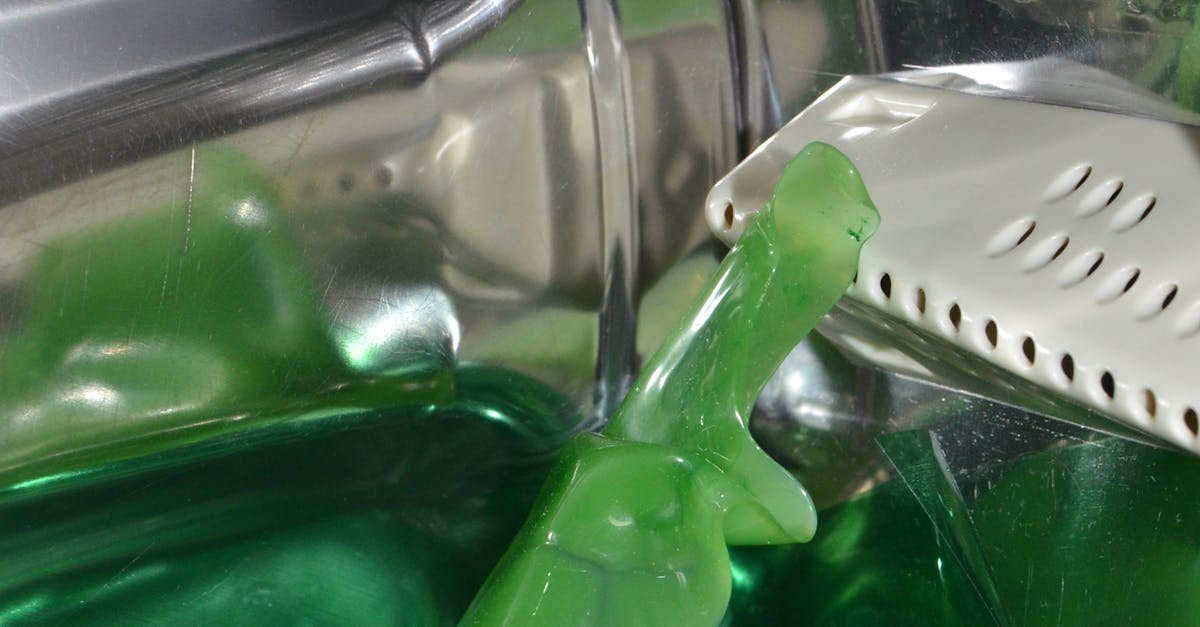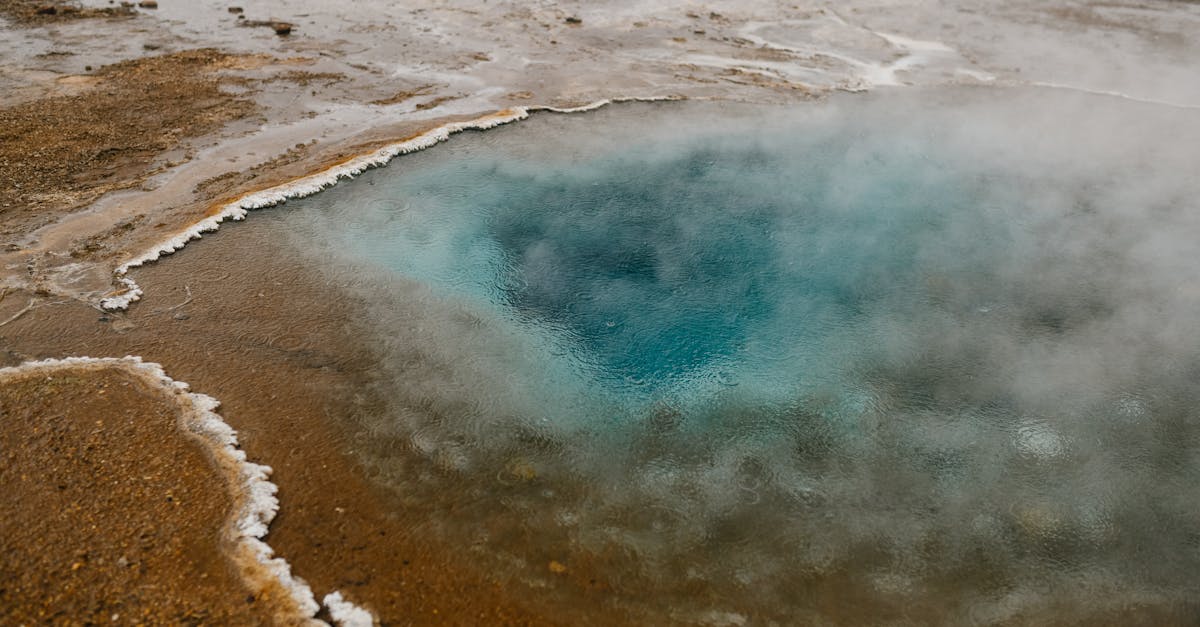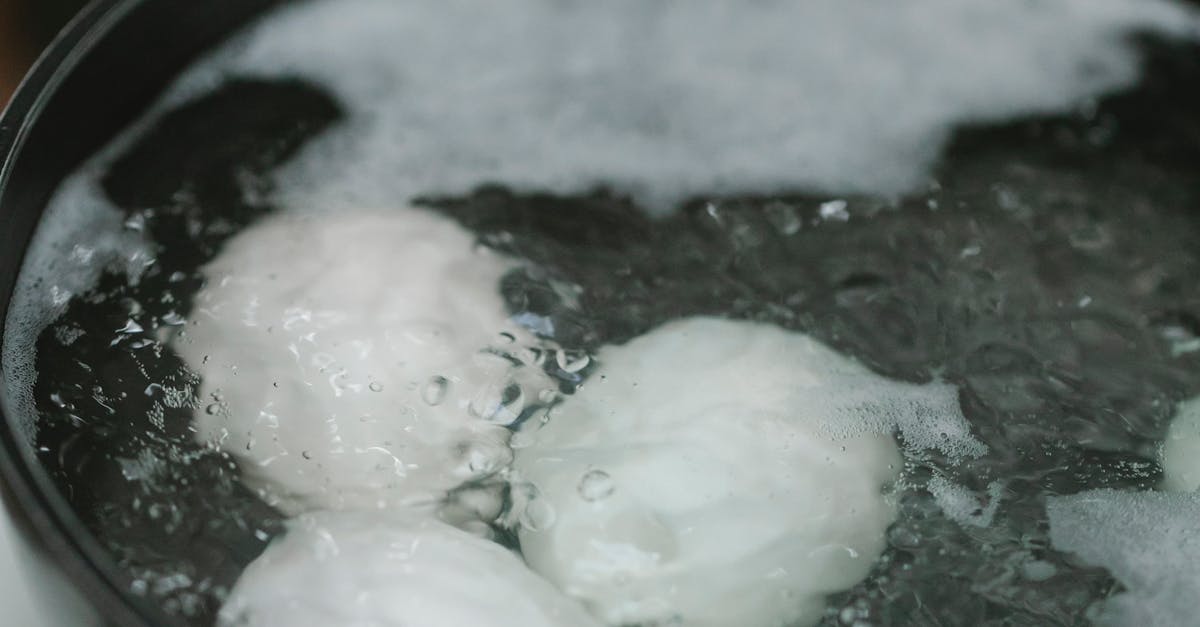
Table Of Contents
Cleaning the Hot Water System Components
Regular maintenance is essential for ensuring the efficiency of your hot water system. Hot Water System Cleaning primarily involves removing any buildup that may affect performance. Start by turning off the power supply to the unit and shutting off the cold water supply valve. Carefully open the drain valve to let out any remaining water. This initial step helps prevent any accidents during the cleaning process while also reducing the risk of injury from hot water exposure.
Once the system is drained, focus on the elements that may need attention, such as the heating element, the anode rod, and the temperature and pressure relief valve. Inspect each component for signs of corrosion or sediment buildup, as these can severely impact the system's efficiency. Clean the heating element with a non-abrasive brush to remove any limescale buildup. For the anode rod, if it appears heavily corroded, replacing it may be necessary to ensure the long-term longevity of your hot water system.
Identifying and Cleaning Key Parts
To effectively perform hot water system cleaning, it is essential to identify the key components that require attention. The heating element, dip tube, and temperature and pressure relief valve are crucial parts that play significant roles in the overall function of the system. Conducting a visual inspection of these components can help pinpoint any signs of wear or sediment buildup that may affect performance. Regular maintenance of these key parts will enhance the efficiency of the system and extend its lifespan.
Once the critical components have been identified, the next step involves a thorough cleaning process. For the heating element, carefully remove any mineral deposits using a soft brush and vinegar. The dip tube should be inspected for blockages, ensuring a clear pathway for cold water entering the tank. Lastly, check the temperature and pressure relief valve for proper operation. Addressing these areas during hot water system cleaning creates a more efficient and reliable system, preventing potential disruptions in hot water supply.
Checking for Sediment BuildUp
Sediment build-up in a hot water system can lead to decreased efficiency and prolonged heating times. Over time, minerals from water can accumulate at the bottom of the tank, affecting overall performance. Regular inspections are essential to identify any issues early. By scheduling routine maintenance, you can ensure your hot water system remains efficient and functional for years to come. Hot Water System Cleaning is an integral part of this maintenance.
Common signs of sediment accumulation include unusual noises from the tank, fluctuating water temperatures, and discolored water. A sudden increase in energy bills may also indicate that your hot water system is working harder due to sediment hindering its efficiency. Keeping an eye out for these symptoms allows homeowners to take timely action. Addressing sediment build-up not only improves efficiency but also extends the lifespan of the hot water system.
Signs Indicating Sediment Accumulation
Sediment buildup is a common issue in hot water systems, and several signs can indicate that it's time for hot water system cleaning. One noticeable sign is decreased water flow or pressure. If you find your water pressure diminishing unexpectedly, sediment might be clogging the pipes and reducing the system's efficiency. Another indicator is discoloration or cloudiness in the hot water. When sediments accumulate, they can mix with the water, giving it a murky appearance that suggests it may need cleaning.
Unusual noises coming from the hot water tank can also signal sediment accumulation. Popping or rumbling sounds often occur when heat rises through layers of built-up sediment. These noises indicate that the system is working harder to heat the water, leading to increased energy bills. Additionally, if you notice fluctuating water temperatures, it may point to poor heat transfer caused by sediment interference. Paying attention to these signs can guide you on timing for hot water system cleaning.
Refilling the Hot Water Tank
After successfully flushing the hot water tank, it is essential to refill it properly. Begin by ensuring that all valves are securely closed. Open the cold water supply valve slowly to allow cold water to enter the tank. This process should create a steady flow of water, filling the tank to its designated capacity. While refilling, keep an eye on the pressure gauge to make sure it stays within the safe operating range.
Once the tank is full, open a hot water faucet in the house to release any trapped air. This helps prevent air pockets that can disrupt water flow. Allow the faucet to run until a steady stream of hot water flows out. Afterward, you can proceed with the normal operation of your hot water system. Completing the Hot Water System Cleaning is vital for maintaining efficiency and prolonging the life of the unit. Regular maintenance can prevent sediment buildup, ensuring optimal performance.
Proper Procedure for Refilling
Refilling the hot water tank after flushing is a critical step in ensuring the system operates efficiently. Begin by closing any drain valves that were opened during the cleaning process. Make sure all the cold water supply valves are securely closed before you initiate the refilling. Turn on the main water supply to the system, allowing fresh water to enter the tank. It is advisable to let the tank fill completely to avoid air pockets.
During the refilling, keep an eye on the pressure gauge. If the tank has a pressure relief valve, ensure it is functioning correctly to avoid any overpressure situations. Once the tank is filled, open a hot water tap in the home to release any trapped air, allowing the system to operate smoothly. Regular Hot Water System Cleaning aids in maintaining optimal performance and prolongs the life of the equipment. Make sure to periodically check the tank for any signs of leaks or corrosion following the refilling process.
FAQS
How often should I flush my hot water system?
It is generally recommended to flush your hot water system at least once a year to prevent sediment buildup and maintain efficiency.
What tools do I need to flush a hot water system?
You typically need a garden hose, a bucket, a wrench, and possibly screwdrivers, depending on your specific system model.
Can I flush my hot water system myself, or should I hire a professional?
You can flush your hot water system yourself if you feel comfortable with basic plumbing tasks. However, if you're unsure, it might be best to hire a professional.
What are the signs that my hot water system needs flushing?
Signs that your hot water system may need flushing include reduced water pressure, discolored water, a popping or rumbling noise from the tank, or hot water that isn’t as hot as usual.
Is there a specific way to refill the hot water tank after flushing?
Yes, after flushing, ensure the tank is properly closed and use the proper valve to refill it, making sure there are no airlocks. Follow the manufacturer’s instructions for best results.

